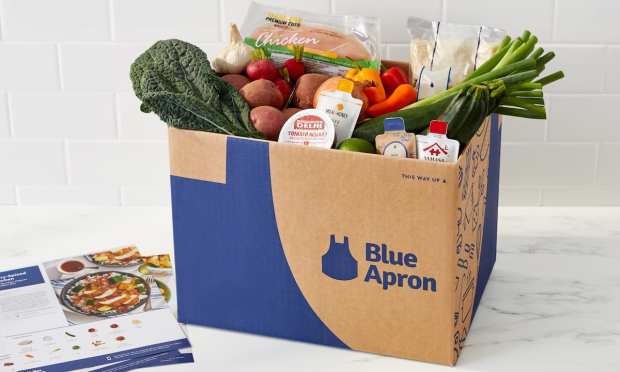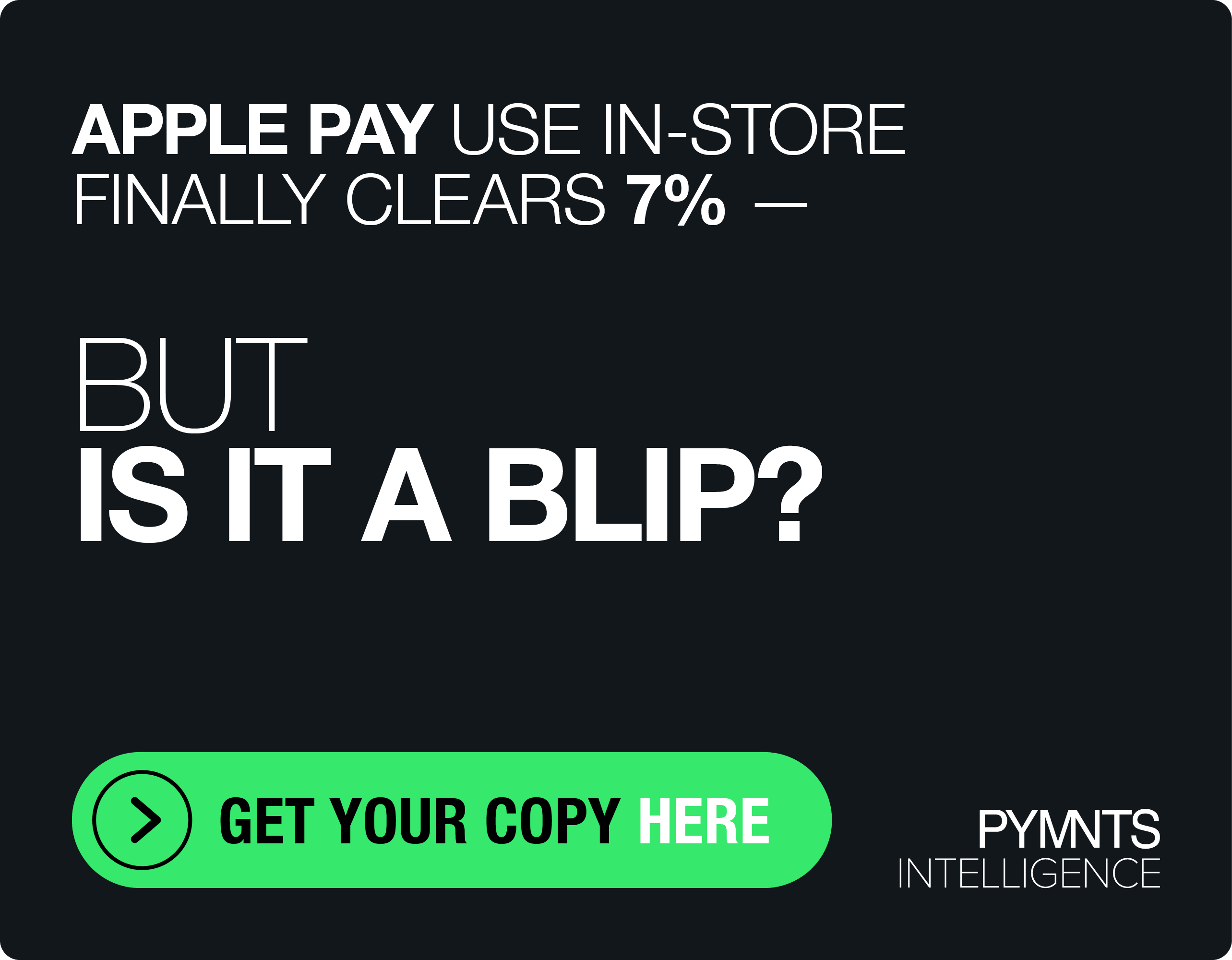Blue Apron CEO: Meal Kits Now Prioritize Long-Term Profitability Over Immediate Growth

As meal kit providers look to weather the challenges of inflation, many have been forced to rethink their business models.
Blue Apron CEO Linda Findley tells PYMNTS in an interview that, in the last year, the whole industry has refocused its priorities, finding ways to build a more solid foundation for longer-term growth.
“You have seen the industry in general shift much more towards the focus of profitability. So everyone’s been kind of buckling down looking at profitability and focused on longer-term scale as opposed to sharp spikes in growth,” Findley said. “That’s pretty common across the board, as companies have been managing inflation. … We’ve focused a lot on productivity and efficiency, particularly in our operations and fulfillment.”
Findley highlighted the company’s recent shift to an asset-light model as an example, transferring its operations to FreshRealm after previously having touted its in-house facilities as a competitive advantage (for example, in this 2022 interview with PYMNTS).
Yet the past year has shown that, for direct-to-consumer (D2C) food businesses to make it in times of economic challenges, costs must be cut. Online grocer Boxed filed for bankruptcy. Meal solution Freshly shut down its deliveries. Quick-commerce grocer Food Rocket bowed out.
Blue Apron, too, has had a difficult year, announcing major layoffs and receiving notice from the New York Stock Exchange that, for a time, it was not in compliance with continued listing standards. Now, however, the company has shifted its business model to reduce the cost of running its D2C business.
“We continue to focus a lot on cash burn reduction as we lean into profitability, but you’re actually seeing those [same] buckets of work across all the players in the industry,” Findley said. “So, looking at marketing efficiency, people efficiencies and operational efficiencies.”
As cost pressures have impacted consumers’ food spending, Findley observes, there has been “a bit of softening,” but she argued that consumers’ ongoing demand for value, rather than simply for low prices, is a benefit for meal kits.
In fact, PYMNTS research reveals that, even as consumers began to feel the impact of rising prices, they continued to adopt meal kits. Data from PYMNTS’ study “12 Months Of The ConnectedEconomy™: 33,000 Consumers On Digital’s Role In Their Everyday Lives,” which drew from responses from tens of thousands of U.S. consumers over the course of last year, revealed that the share of consumers who reported purchasing from online meal kit subscription services rose throughout last year from 25% in December 2021 to 31% in November 2022.
Additionally, following up on Blue Apron’s addition of non-subscription offerings to its higher-commitment subscription channels, Findley noted that the company has seen demand for its one-time-purchase party boxes, offering multi-serving kits for special occasions in addition to continued purchases of lower-effort meal solutions on Amazon.
In fact, these non-subscription offerings can serve as an on-ramp, getting commitment-wary consumers onboard with these one-off items.
“When we think about non-subscription purchases at this point,” Findley said, “we’re putting our focus into getting people excited about those special occasion boxes, seasonal boxes, and things that might introduce them to the concept of meal kits that give them a little bit more of a celebratory process around it.”

